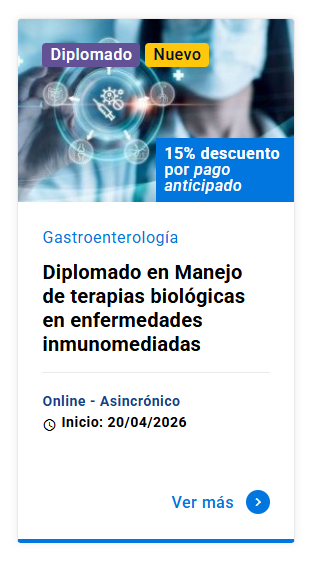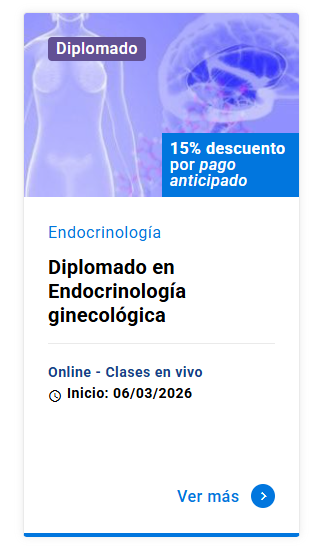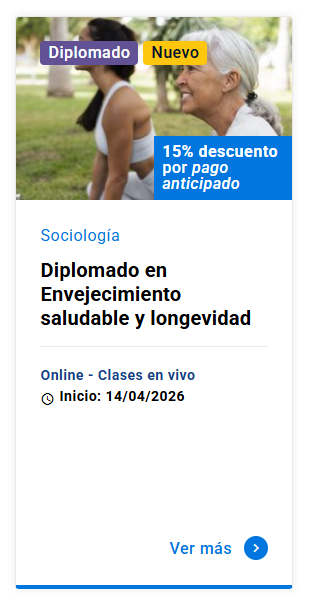Relojes Circadianos y Premio Nobel: hora de tomarse unos minutos para hablar de ritmos biológicos
DOI:
https://doi.org/10.11565/arsmed.v42i3.1070Palabras clave:
ritmos circadianos, reloj biológico, NobelResumen
El Nobel 2017 en Fisiología o Medicina recayó en la descripción molecular de los relojes circadianos. A pocas semanas de haberse hecho el anuncio, uno de los recipientes de esta distinción, Michael Rosbash, visitó Chile. En estas breves páginas comentamos parte de su charla y destacamos la importancia que tienen los ritmos circadianos en la biología de los organismos, así como su impacto en salud y enfermedad.
Descargas
Citas
Allada R, Emery P, Takahashi JS & Rosbash M. (2001). Stopping time: the genetics of fly and mouse circadian clocks. Annu Rev Neurosci 24, 1091-1119. DOI: https://doi.org/10.1146/annurev.neuro.24.1.1091
Asher G & Sassone-Corsi P. (2015). Time for food: the intimate interplay between nutrition, metabolism, and the circadian clock. Cell 161, 84-92. DOI: https://doi.org/10.1016/j.cell.2015.03.015
Bass J & Lazar MA. (2016). Circadian time signatures of fitness and disease. Science 354, 994-999. DOI: https://doi.org/10.1126/science.aah4965
Bass J & Takahashi JS. (2010). Circadian integration of metabolism and energetics. Science 330, 1349-1354. DOI: https://doi.org/10.1126/science.1195027
Buttgereit F, Smolen JS, Coogan AN & Cajochen C. (2015). Clocking in: chronobiology in rheumatoid arthritis. Nat Rev Rheumatol 11, 349-356. DOI: https://doi.org/10.1038/nrrheum.2015.31
Centro interdisciplinario de Neurología de Valparaíso. (2017). XIV Latin American Symposium of Chronobiologi. Accedido en http://cinv.uv.cl/lasc2017/ el 19-12-2017
Dibner C & Schibler U. (2017). Body clocks: time for the Nobel Prize. Acta Physiol (Oxf). DOI: https://doi.org/10.1111/apha.13024
Dunlap JC. (1999). Molecular bases for circadian clocks. Cell 96, 271-290. DOI: https://doi.org/10.1016/S0092-8674(00)80566-8
Dunlap JC. (2008). Salad days in the rhythms trade. Genetics 178, 1-13. DOI: https://doi.org/10.1534/genetics.104.86496
Fitzgerald GA, Yang G, Paschos GK, Liang X & Skarke C. (2015). Molecular clocks and the human condition: approaching their characterization in human physiology and disease. Diabetes, obesity & metabolism 17 Suppl 1, 139-142. DOI: https://doi.org/10.1111/dom.12526
Gallego M & Virshup DM. (2007). Post-translational modifications regulate the ticking of the circadian clock. Nat Rev Mol Cell Biol 8, 139-148. DOI: https://doi.org/10.1038/nrm2106
Konopka RJ & Benzer S. (1971). Clock Mutants of Drosophila melanogaster. Proc Natl Acad Sci USA 68, 2112-2116. DOI: https://doi.org/10.1073/pnas.68.9.2112
Liang X, Bushman FD & FitzGerald GA. (2015). Rhythmicity of the intestinal microbiota is regulated by gender and the host circadian clock. Proc Natl Acad Sci U S A 112, 10479-10484. DOI: https://doi.org/10.1073/pnas.1501305112
Paschos GK & FitzGerald GA. (2017). Circadian Clocks and Metabolism: Implications for Microbiome and Aging. Trends Genet 33, 760-769. DOI: https://doi.org/10.1016/j.tig.2017.07.010
Perelis M, Ramsey KM & Bass J. (2015). The molecular clock as a metabolic rheostat. Diabetes, obesity & metabolism 17 Suppl 1, 99-105. DOI: https://doi.org/10.1111/dom.12521
Rao RT, Pierre KK, Schlesinger N & Androulakis IP. (2016). The Potential of Circadian Realignment in Rheumatoid Arthritis. Crit Rev Biomed Eng 44, 177-191. DOI: https://doi.org/10.1615/CritRevBiomedEng.2016018812
Rosbash M. (2009). The implications of multiple circadian clock origins. PLoS Biol 7, e62. Revisado el 12-12-2017 DOI: https://doi.org/10.1371/journal.pbio.1000062
Rosbash M. (2017a). https://www.nobelprize.org/nobel_prizes/medicine/laureates/2017/rosbash-lecture.html. revisado el 22-12-17
Rosbash M. (2017b). Life Is an N of 1. Cell 171, 1241-1245. DOI: https://doi.org/10.1016/j.cell.2017.11.027
Takahashi JS, Hong HK, Ko CH & McDearmon EL. (2008). The genetics of mammalian circadian order and disorder: implications for physiology and disease. Nat Rev Genet 9, 764-775. DOI: https://doi.org/10.1038/nrg2430
Thaiss CA, Zeevi D, Levy M, Zilberman-Schapira G, Suez J, Tengeler AC, Abramson L, Katz MN, Korem T, Zmora N, Kuperman Y, Biton I, Gilad S, Harmelin A, Shapiro H, Halpern Z, Segal E & Elinav E. (2014). Transkingdom control of microbiota diurnal oscillations promotes metabolic homeostasis. Cell 159, 514-529. DOI: https://doi.org/10.1016/j.cell.2014.09.048
Tognini P, Thaiss CA, Elinav E & Sassone-Corsi P. (2017). Circadian Coordination of Antimicrobial Responses. Cell Host Microbe 22, 185-192. DOI: https://doi.org/10.1016/j.chom.2017.07.007
Young MW. (2000a). Life's 24-hour clock: molecular control of circadian rhythms in animal cells. TIBS 25, 601-606.
Young MW. (2000b). Life's 24-hour clock: molecular control of circadian rhythms in animal cells. Trends Biochem Sci 25, 601-606. DOI: https://doi.org/10.1016/S0968-0004(00)01695-9
Descargas
Publicado
Cómo citar
Licencia
Derechos de autor 2017 ARS MEDICA Revista de Ciencias Médicas

Esta obra está bajo una licencia internacional Creative Commons Atribución-CompartirIgual 4.0.
Los autores/as conservan sus derechos de autor y garantizan a la revista el derecho de primera publicación de su obra, la que estará simultáneamente sujeta a la Licencia CC BY-SA 4.0 (Ver declaración de Acceso Abierto).







